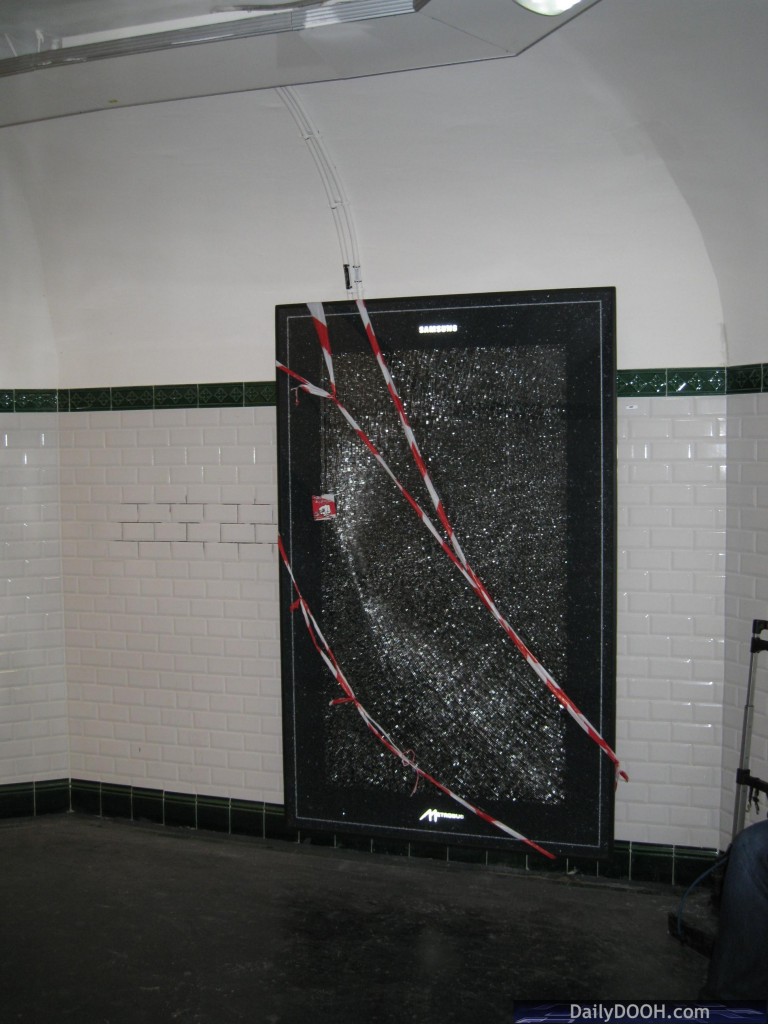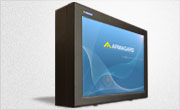The Five Challenges to Outdoor Digital Signage
Posted by: Richard Williams | Posted on: | 0 Comments
Outdoor digital signage has many benefits and is becoming a popular concept in many public areas. For advertisers screens placed outside provide a platform to promote to the large potential audience of an outdoor environment, with content easily uploaded remotely, providing a headache free outdoor solution.
For information providers, the real time ability to upload content means that transport operators can provide up-to-the-minute information for their customers.
But outdoor digital signage is not without its challenges:
Location
Finding the right location is the most fundamental aspect of using an outdoor screen for signage or information. Information screens have more leeway in that customers may well hunt out the information; however, for advertisers, the screens have to be placed int eh most prominent position possible to ensure they get noticed.
Weather
Keeping a screen dry and the weather elements away is one of the most obvious challenges of an outdoor screen. Waterproof and weatherproof screens have to be used outdoors, or at least screens housed in waterproof outdoor enclosures.
Sunlight
The problem caused by the sun can often be overlooked. But the sun can cause several problems for an outdoor screen. Firstly, if the sun is facing the screen in can cause glare, similar to problems you may have experienced at home on a bright sunny day, only outdoors, it may not be possible to move the screen once up – so when erecting screen the direction of the sun should be a factor. Secondly, the sun’s brightness can make a screen hard to read, for this reason high brightness screens are used outdoors. And finally, the sun can also cause overheating if it is beaming directly onto the LCD, so any solar heat has to be transported away.
Temperature
Temperature in general can be a problem for outdoor digital signage. Ambient temperatures, not too mention direct sunlight and the heat build up of the LCD or plasma n whatever enclosure it is housed, need all to be removed. For screens in LCD enclosures cooling fans are used to keep the device cool. But in winter, when temperatures drop then the opposite becomes the problem and heaters are used inside LCD enclosure to ensure the internal components do not freeze.
Impact/vandalism
Often overlooked, but most outdoor screens are left in unsupervised locations so physical protection is a must in particular the face of the screen that should be protected with a shatterproof layer while the device itself needs to be secure and resistant to impacts which is why steel LCD enclosures are commonly used.
Post shortlink:
Popular Products
LCD Enclosure
Need armor for your LCD/LED screen(s)? Outdoors or inside the versatile LCD enclosure protects against thieves, vandals & the weather. Installation idea: NFL stadiums.
Outdoor Digital Signage
Exclusive 46” outdoor screen protection. Dubbed the ‘Totem’, due to its distinct design, it repels damage threats, but attracts audiences. Installation idea: Drive-thru restaurants.
Portrait Flat Panel Enclosure
Safeguard your eye-level advertising display screen(s), indoors or outdoors. Completely customizable, add exciting features like touch screen technology. Installation idea: Restaurant frontages.
Indoor Digital Signage
Popular purchase for retail outlets! Great for ‘point of sale’ persuasion, boost your brand with static & motion advertising from a single unit! Installation idea: Mall of America.





